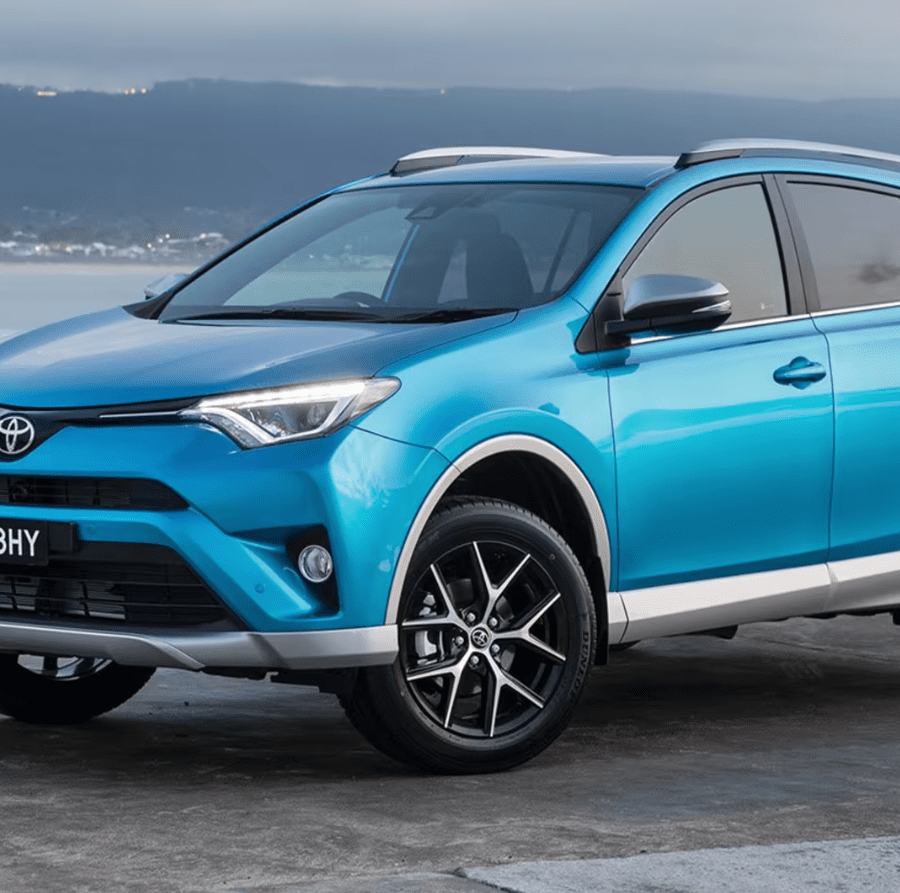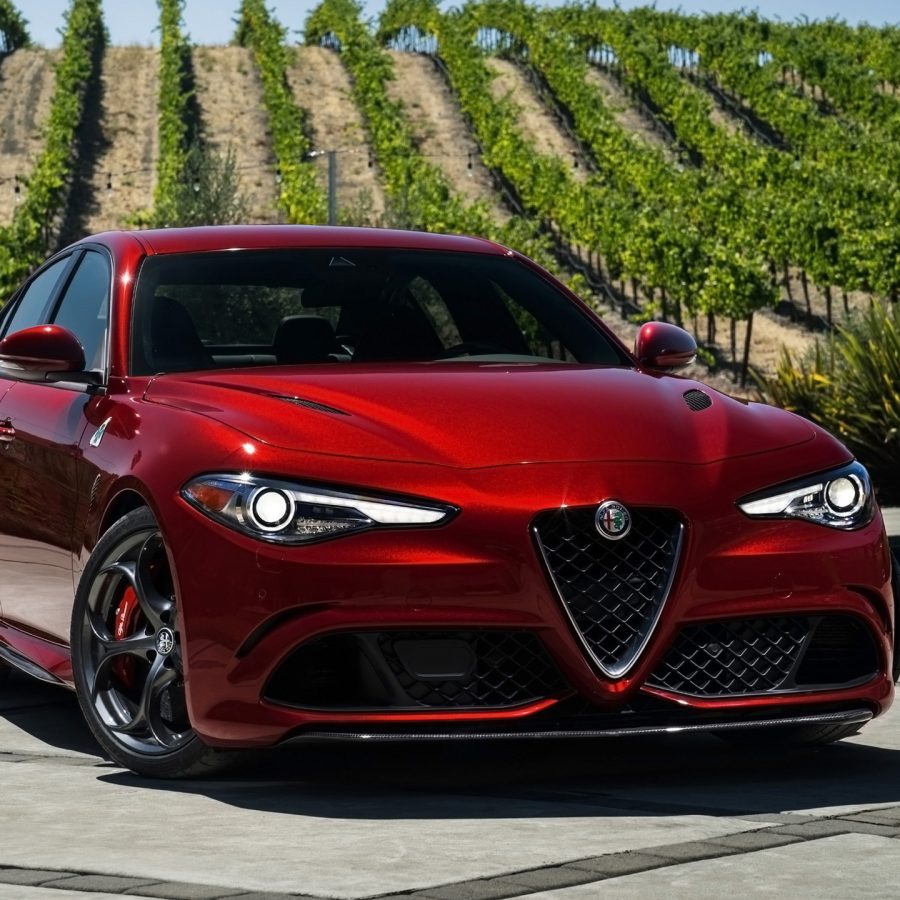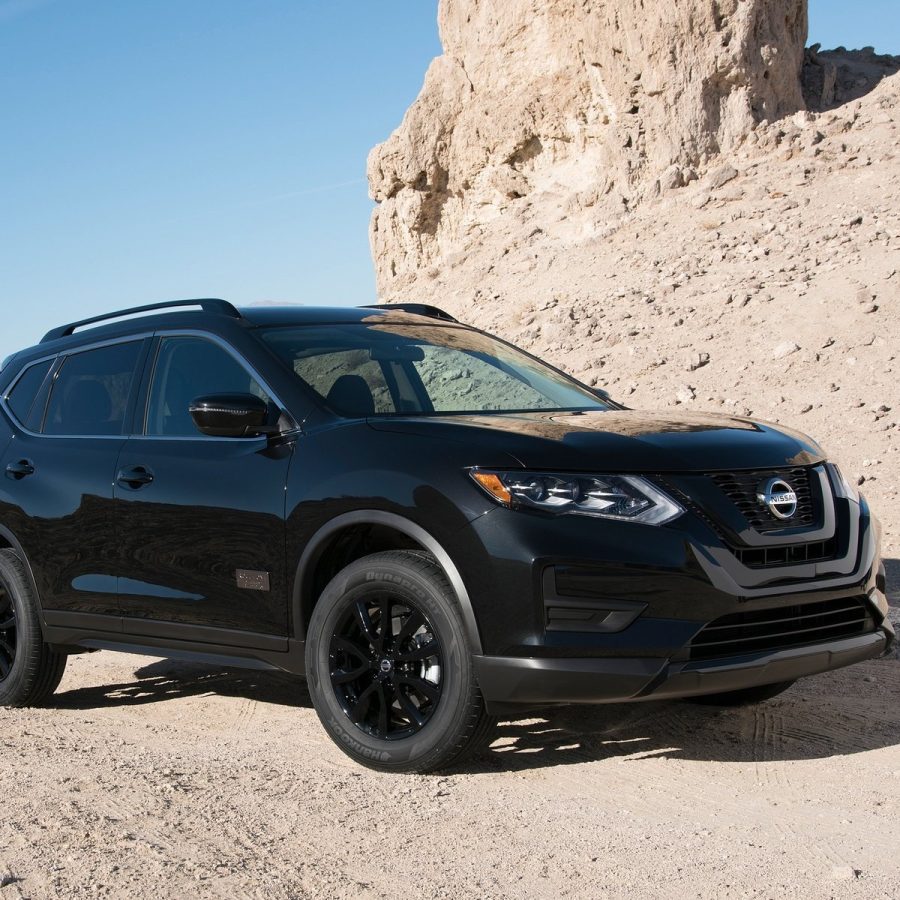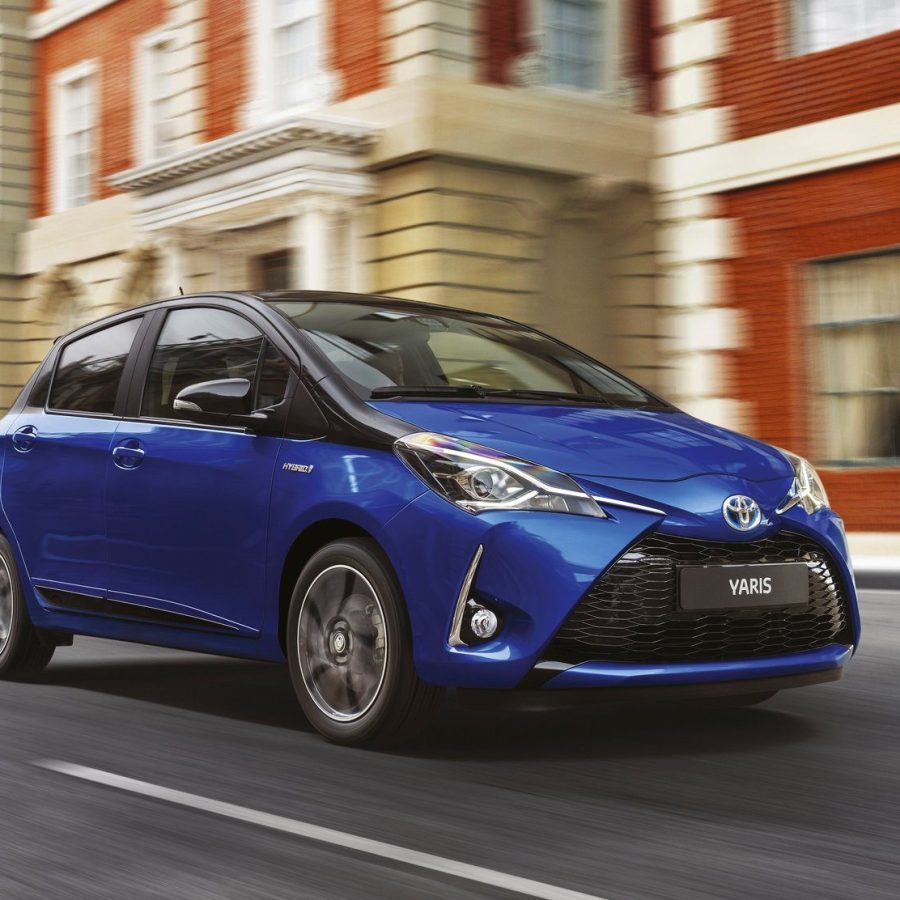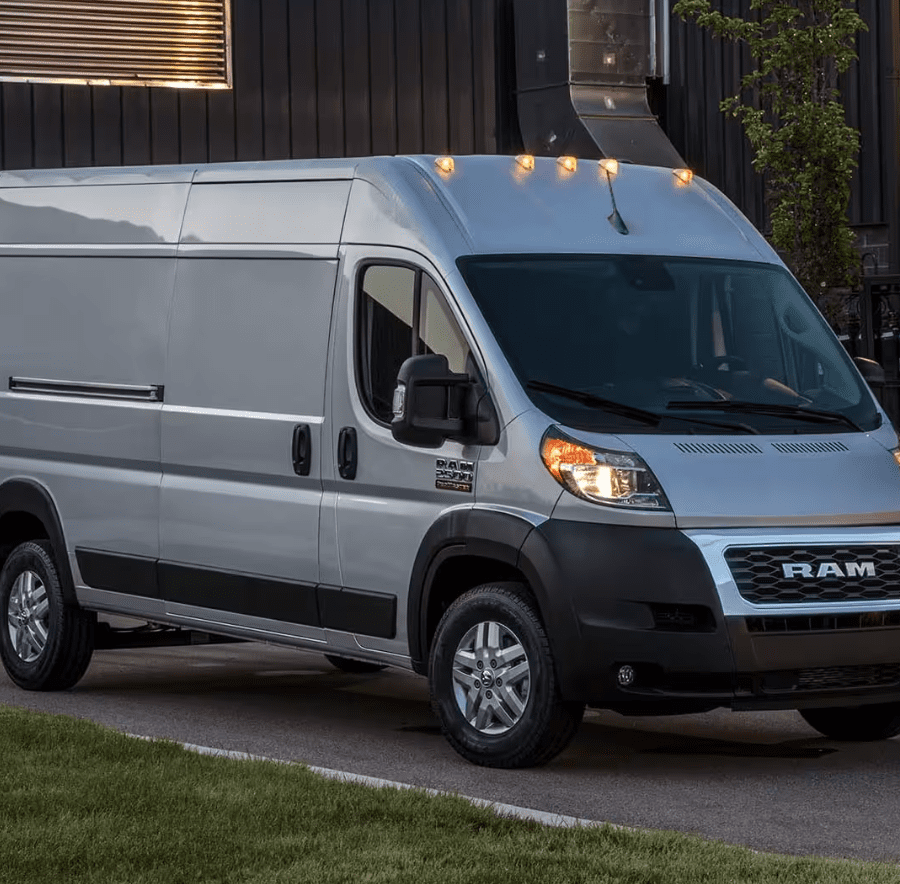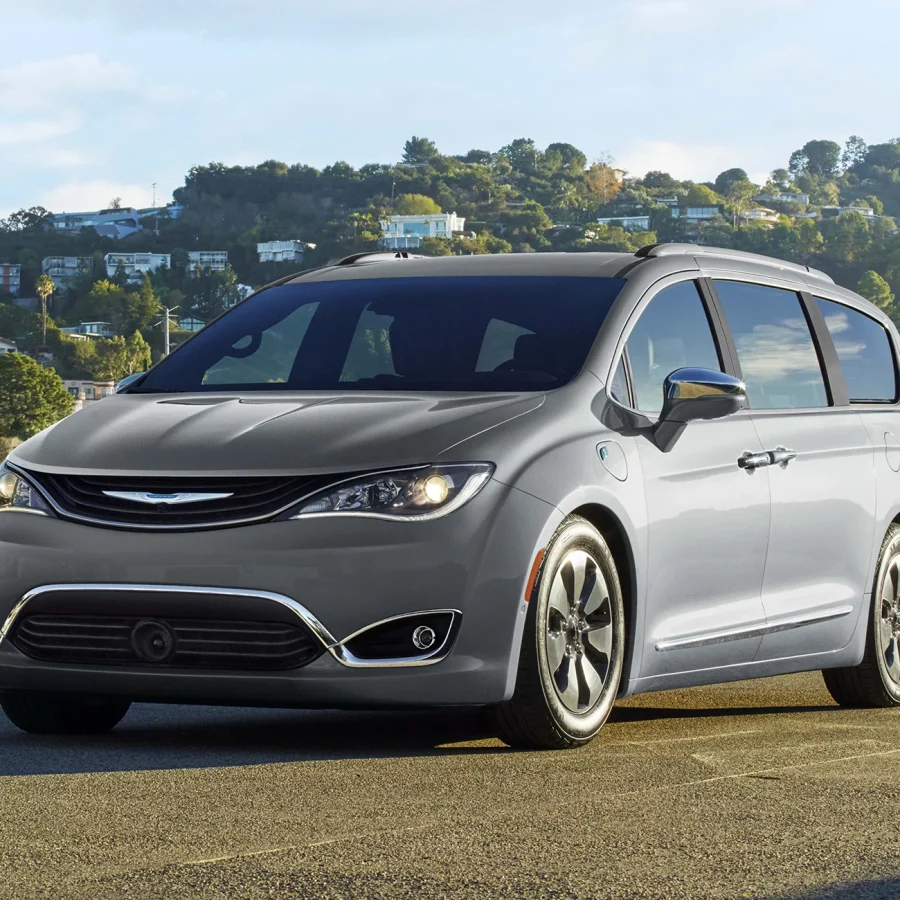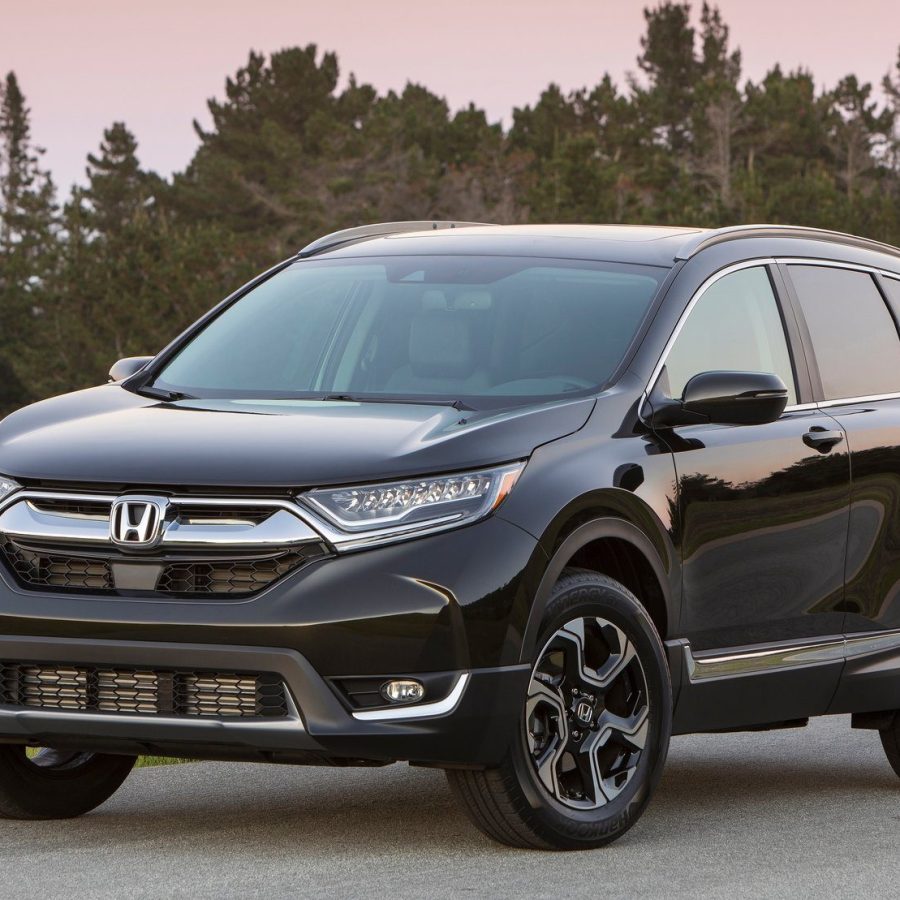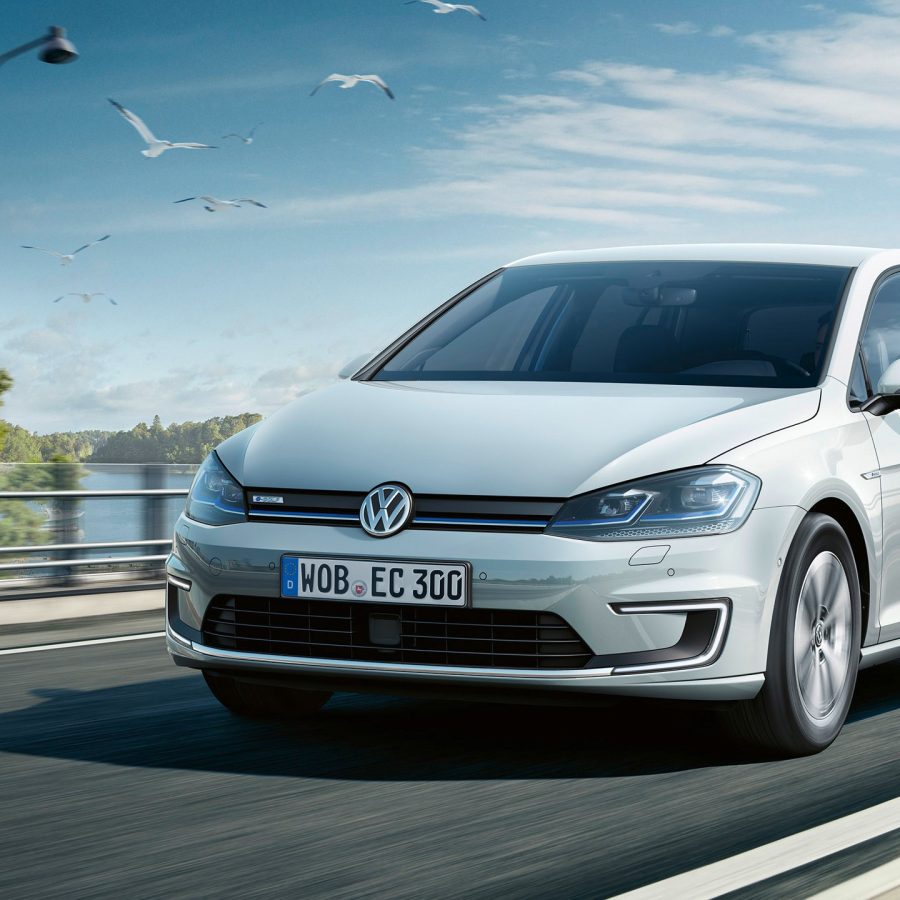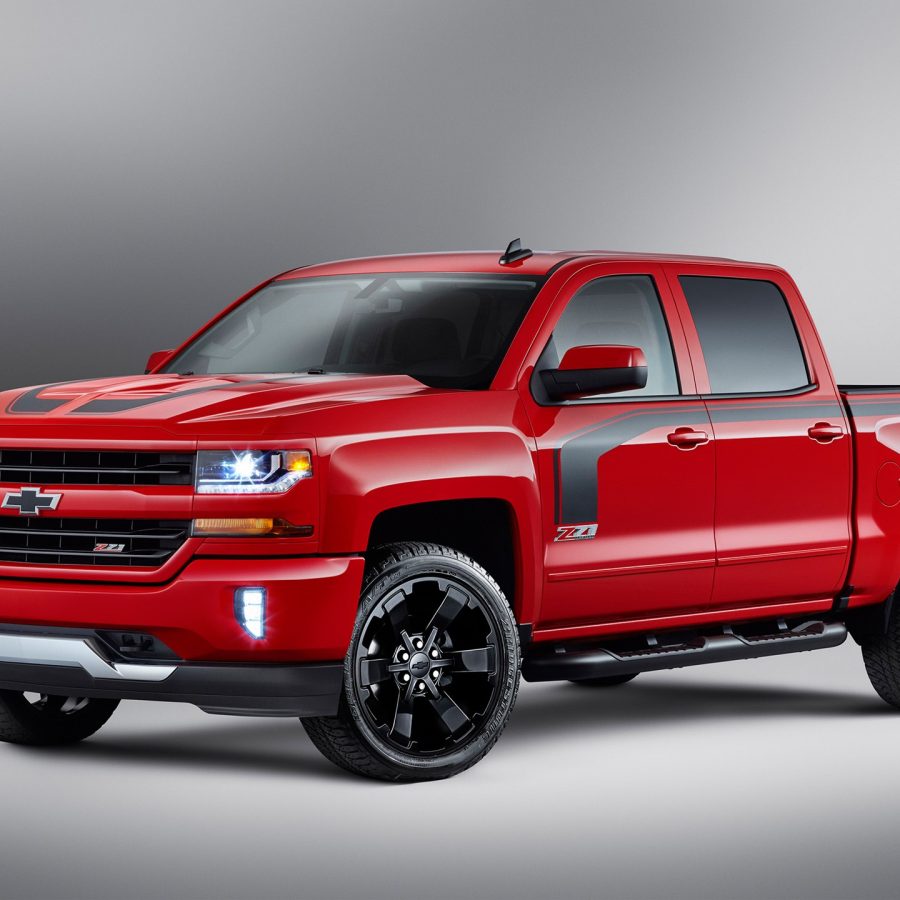2017 U.S Automotive Sales Research
In 2017, the U.S. auto industry experienced a mixture of continuations from previous years' trends and some new developments. After seven consecutive years of growth and record sales in 2016, U.S. auto sales fell slightly in 2017. Automakers sold around 17.2 million vehicles, a modest drop from the 17.55 million in 2016. This signaled that the market was starting to plateau after the impressive recovery post the 2008-2009 recession. The shift away from traditional passenger cars towards SUVs, crossovers, and pickup trucks became even more pronounced in 2017. Consumers continued to favor these larger vehicles, influenced in part by relatively low fuel prices and changes in consumer preferences. Corresponding with the rise of SUVs, sales of traditional sedans saw a significant slump. This trend forced several manufacturers to re-evaluate their production strategies and investment priorities. Though electric vehicles (EVs) still represented a small fraction of the overall market, interest and sales saw growth. Major automakers announced significant investments in electrification, signaling a shift in where the industry was heading. Discussions and developments around autonomous driving technology intensified in 2017. While fully autonomous vehicles were not yet on the roads, significant investments and partnerships formed in the industry, pointing to a transformative future. Additionally, the influence of ride-sharing companies like Uber and Lyft continued to grow, suggesting potential long-term shifts in car ownership patterns. As sales began to slow, there were growing concerns about the increasing length of auto loans and rising default rates. This led to some caution about potential financial risks in the sector.


